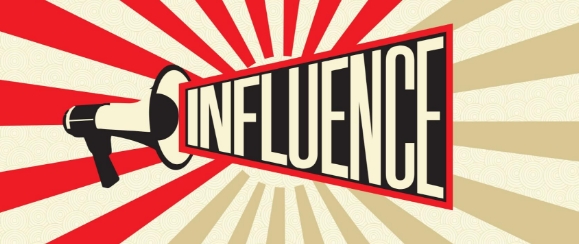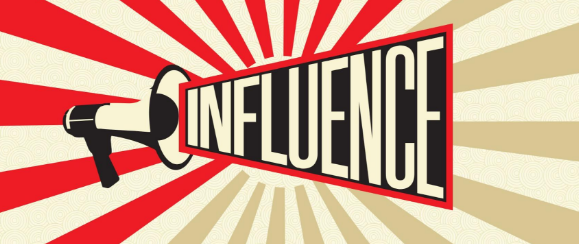
 Influencer marketing is one of the industry’s trendy flavors. Connecting consumers with brands through the voices (and images and videos) of celebrities. Or through anyone with influence.
Influencer marketing is one of the industry’s trendy flavors. Connecting consumers with brands through the voices (and images and videos) of celebrities. Or through anyone with influence.
Our recent research, however, reveals that there’s an old-school component to ads that acts much like an influencer: music. Neuroscience shows us that, when used correctly, music can put viewers and listeners in a more positive mood, leading to a greater reliance on intuition and a reduction in both critical thought and focus on detail. This “fluid processing” is an ideal state of mind for processing advertising that brands should be seeking when communicating with consumers.
The familiarity that consumers feel with some music also helps to engage memory frameworks, bringing to the brand familiar and positive associations already in place in the minds of consumers. Of course, not all familiarity is positive familiarity. The wrong music can trigger associations that are not in line with core brand values and can overshadow the brand if it is the wrong song, or it may even date the communication. So how do you know whether music creates this “celebrity” or “influencer” halo, and when it positively engages consumers?
How Audio can Influence Trust
A value, like trust, can be difficult to communicate and measure with traditional research tools. Much of the perception of trust is nonconscious, so measuring it accurately can only be derived with technology that can measure the nonconscious impact.
A financial institution approached us recently with the following scenario. In trying to build trust with viewers, marketers wanted to know whether the creative and, specifically, the soundtrack were properly aligned. One version used music with a modern and contemporary sound, while the other used one with a more traditional musical tone.
Both ads otherwise consisted of the exact same series of visuals depicting people confidently striving to achieve their goals. The results showed that the more traditional music was significantly outperforming the modern soundtrack, particularly in helping the ad to better connect emotionally with the viewers and convey a message of trust.
This emotional boost wasn’t constant throughout the ad (it’s not as simple as one piece of music over another). Instead, the traditional music supported key messaging moments in the ad. This synchronization helped the ad’s visuals and voiceover to perform better with the traditional music.
Sometimes it pays to invest in Popular Music
It’s no secret that music licenses can be expensive. Brands, of course, want to know whether such an investment will be worth the return. Another client, this time one of our beverage clients, wanted to test such a scenario. In short, would a well-known pop song be worth significantly greater investment than a song created just for the ad? It was a quarter-million-dollar question for the brand team.
Using the tools of neuroscience, we found that the pop song increased attention, emotion and memory by 20 percent. Additionally, our neurological wear-in score showed that the pop song delivered a significant increase in effectiveness over multiple viewings, meaning that consumers engaged more with the ad the more they viewed and heard it. In our experience, this is a difficult feat to accomplish!
In addition to tapping into memories for consumers, the power of popular music may be in part due to its potential to trigger the “conforming” (or “follow the herd”) heuristic. This gives the advertised product a halo of popularity, which signals to the consumer that there is less risk in trying it out for new purchasers. A famous song may also imbue the messages in an ad with greater authority if the music drives associations with rich and famous musicians who are seen as cultural leaders.
That said, there are also dangers with popular music in comparison to lesser-known pieces. Some popular music already has established associations, such as era and sub-culture, which may or may not be aligned with the brand. Or the music may steal the show, so to speak, instead of playing a supporting role, which can lead to a weak connection with the brand and an ad that is merely entertaining as the core message gets lost. We’ve even seen cases in which unfamiliar music performs as well or better than popular music, which means there may be situations where there is no clear benefit in exchange for the high price tag of popular music IP rights.
Consistency also plays an important role: when done correctly it can create what can be called “sonic branding.” A strong celebrity endorsement or an advertisement that creates a celebrity. That same halo can be created when consistent use of a piece of music is used across a brand’s advertising. Even if previously unfamiliar, it can create an enduring link for the brand that provides easy access to its associations in the minds of consumers. Brands throughout history have used songs and jingles for this purpose, but it is a technique that often advertisers do not use to their full advantage.
The important takeaway is that every situation, every ad and every brand is different. Our brains will react differently to different songs in different contextual environments. But only when you can access this deep layer of thinking can you truly understand – how does sound influence us? And that is a question worth answering.
Written by Dr. Bradly Vines, Director Neuroscience Europe, Nielsen
